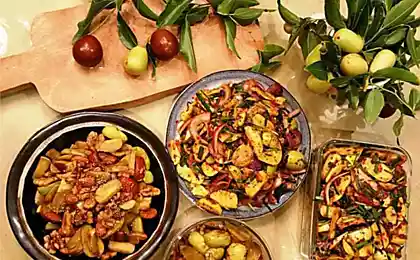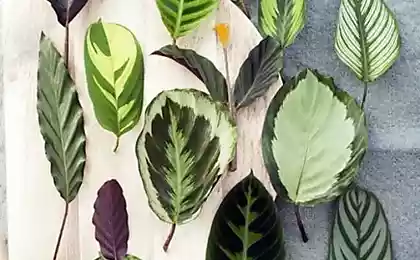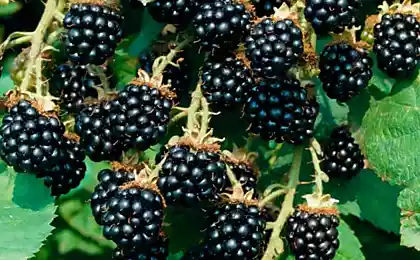794
Jujube, Chinese date, Chinese Jujube - Herbs

Wildly grows in the Soviet Union (the Caucasus, Kopet-Dag, Southern Tajikistan), Asia Minor, Syria, Iran, Afghanistan, West Pakistan, the Himalayas to an altitude of 1900 m above sea level. m., China, Korea. Cultivated well in the subtropics of both hemispheres.
Large (3-8 m), spreading-branched, thorny, deciduous shrub with reddish-brown branches, the nodes with sharp spikes within 3 cm long. Away for thin green shoots. The leaves are ovate, with 3 veins secrete. The flowers are small, greenish, 5-dimensional, glomeruli sit in the leaf axils. Fruits drupes, spherical or oval, 2-3 cm long, reddish-brown, with a traditional one bone, elongated in the nose. Fruits are edible.
Fruits vysokosaharisty (mainly invert sugar), available protein and mucous substances, a lot of vitamin C. Dried fruit has long been used as an aqueous decoction as slimy and enveloping means for coughs, bronchitis, whooping cough. bush leaves have a peculiar property - upon chewing, they temporarily relieve the feeling of sweet and bitter taste, but, as shown by experiments, pain in the mouth remain. The substance (1, 7%), rendering the action has not yet been studied.
The plant belongs to the on sugar, contains carbohydrates.
On sugar
PLANTS Under sugar-based plants to understand, which accumulate large quantities of monosaccharides (glucose, fructose) and sucrose.


East and West: two views of a healthy diet based on olive oil
Place of herbal medicine, traditional medicine in modern medical practice























